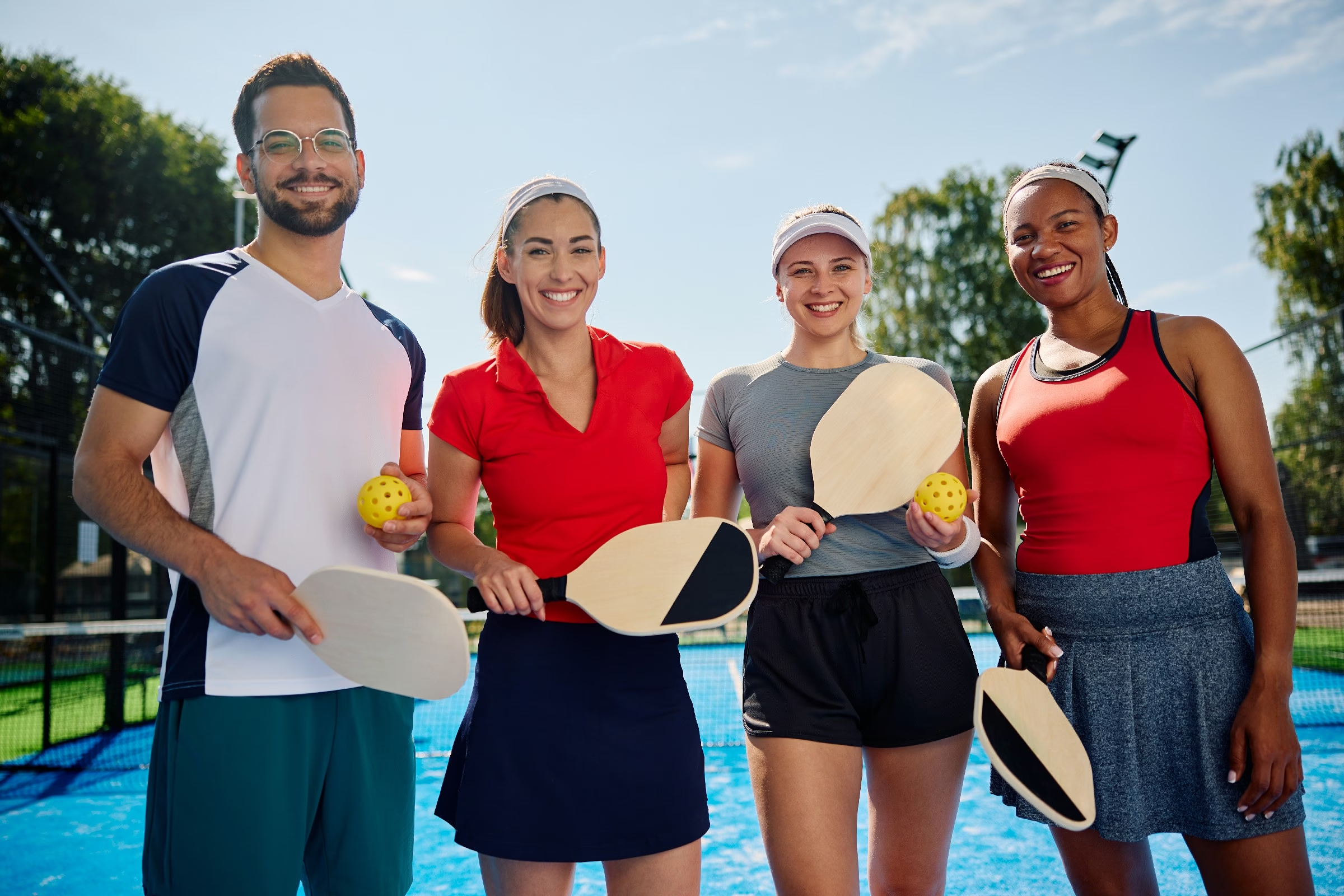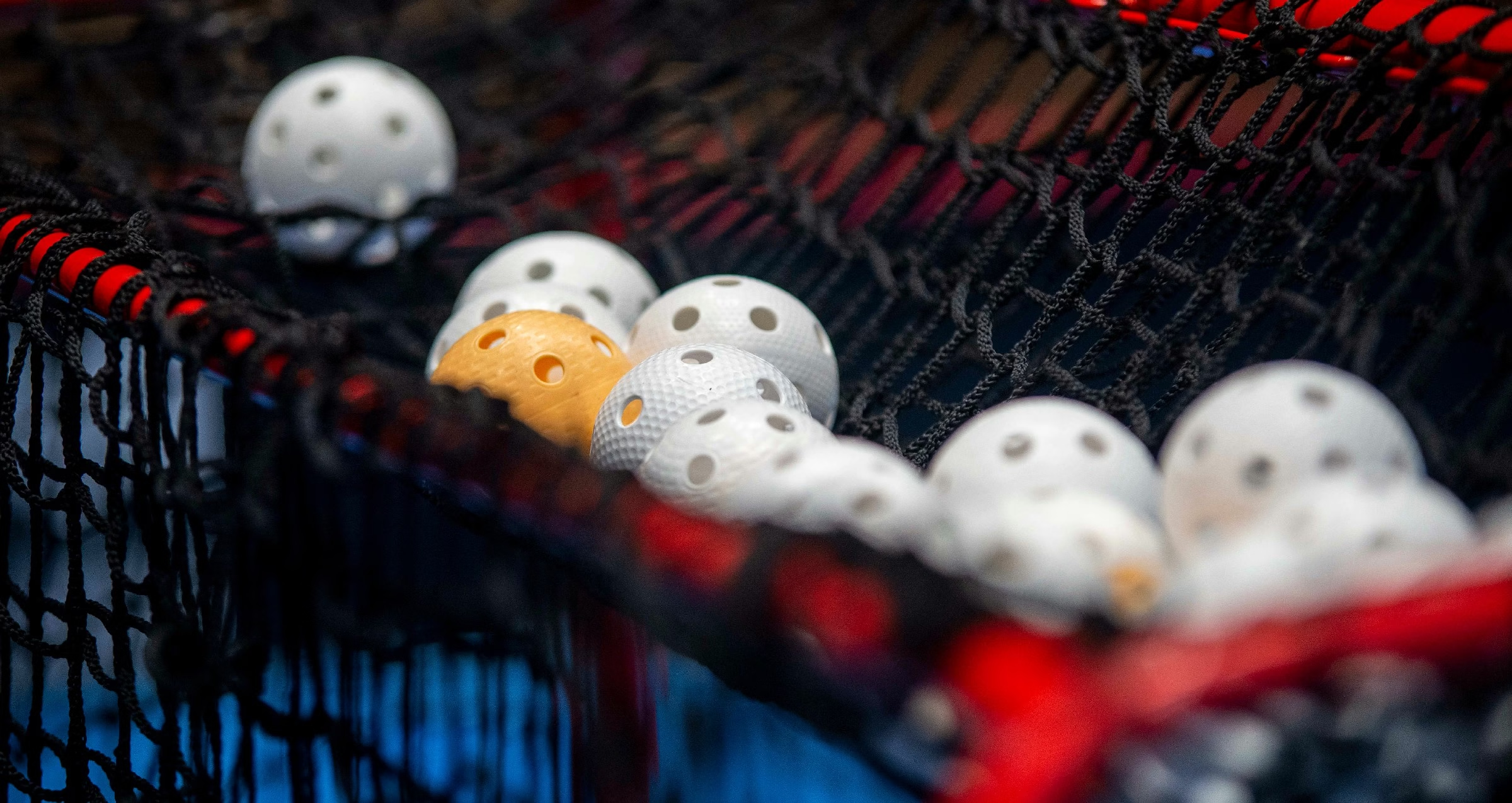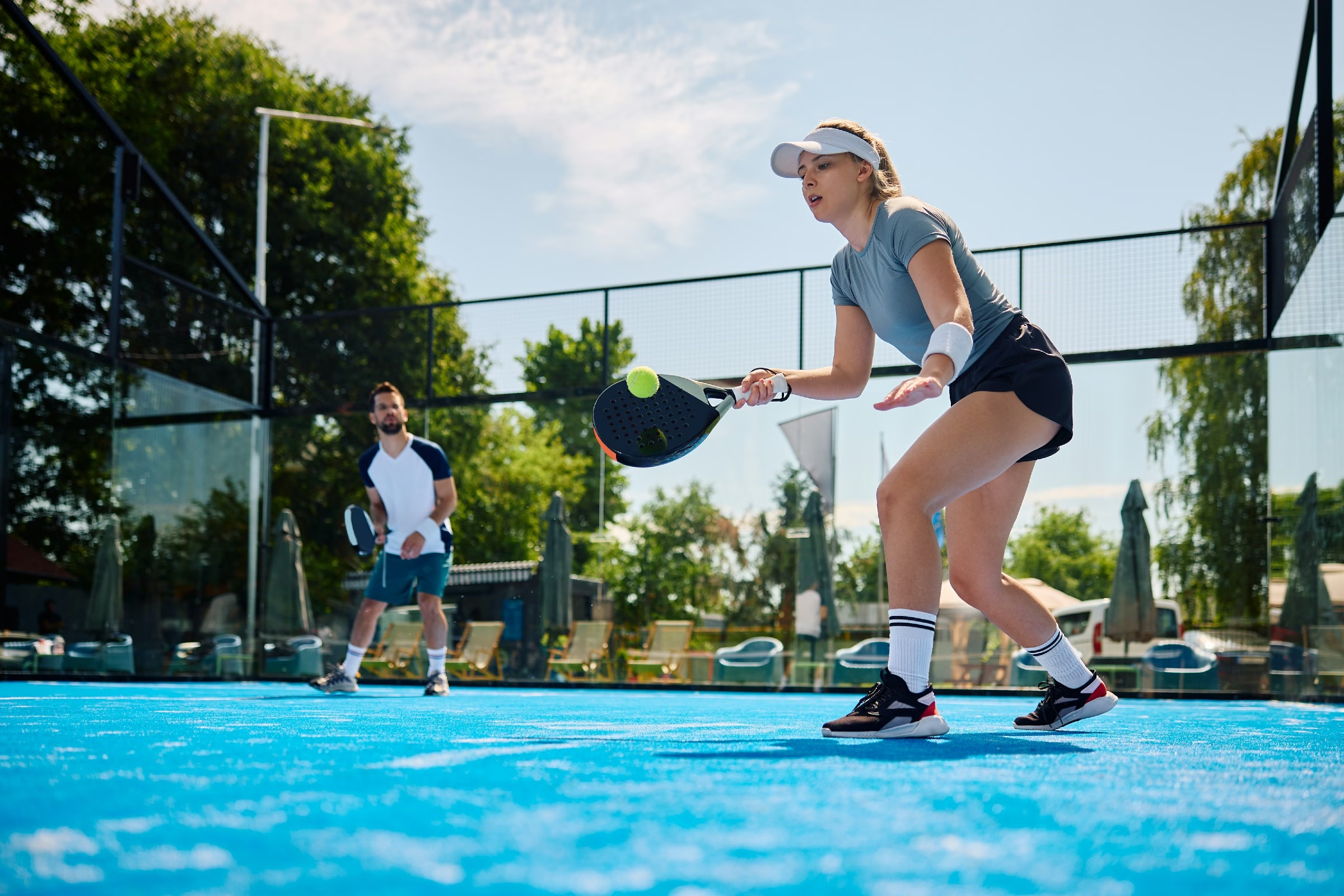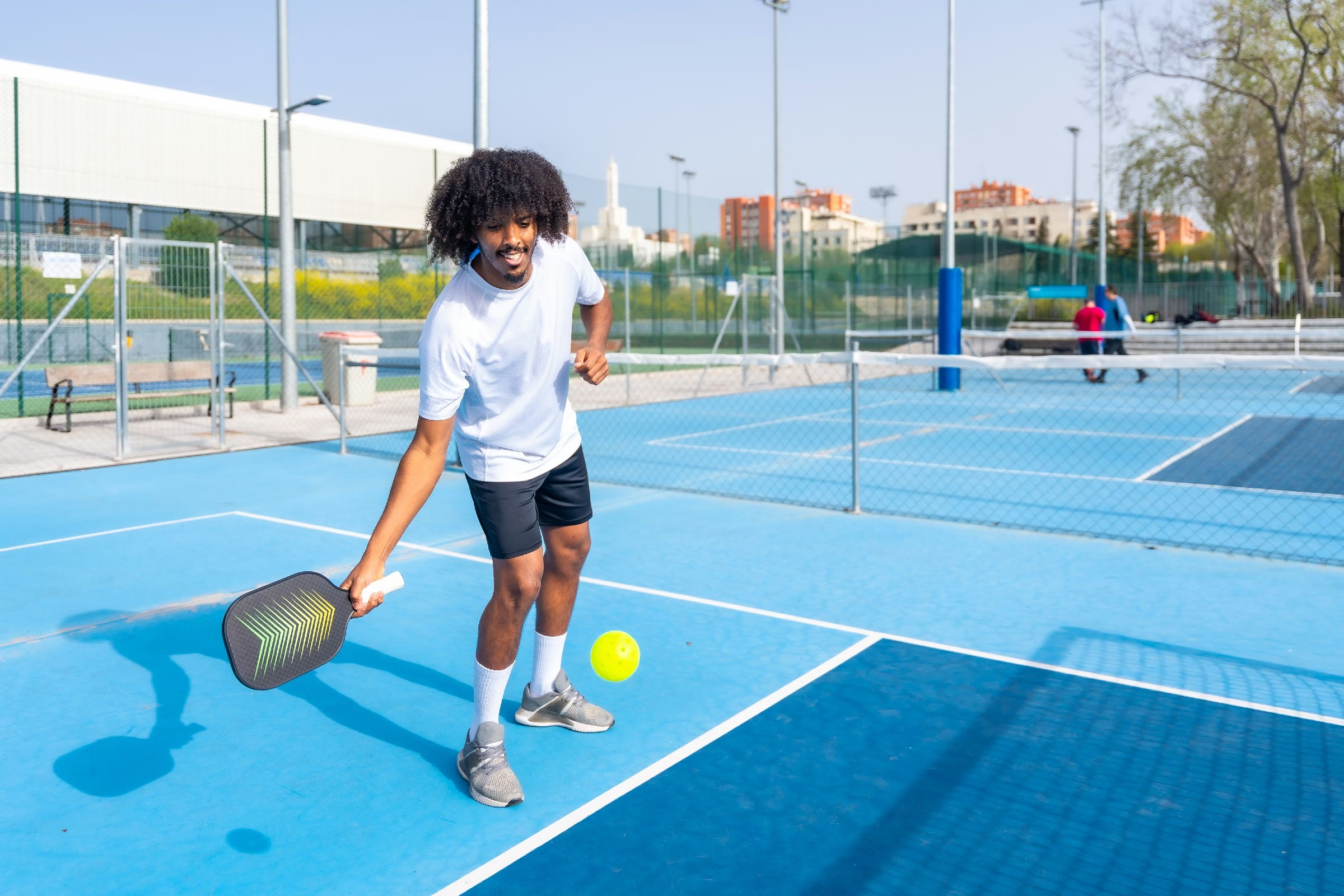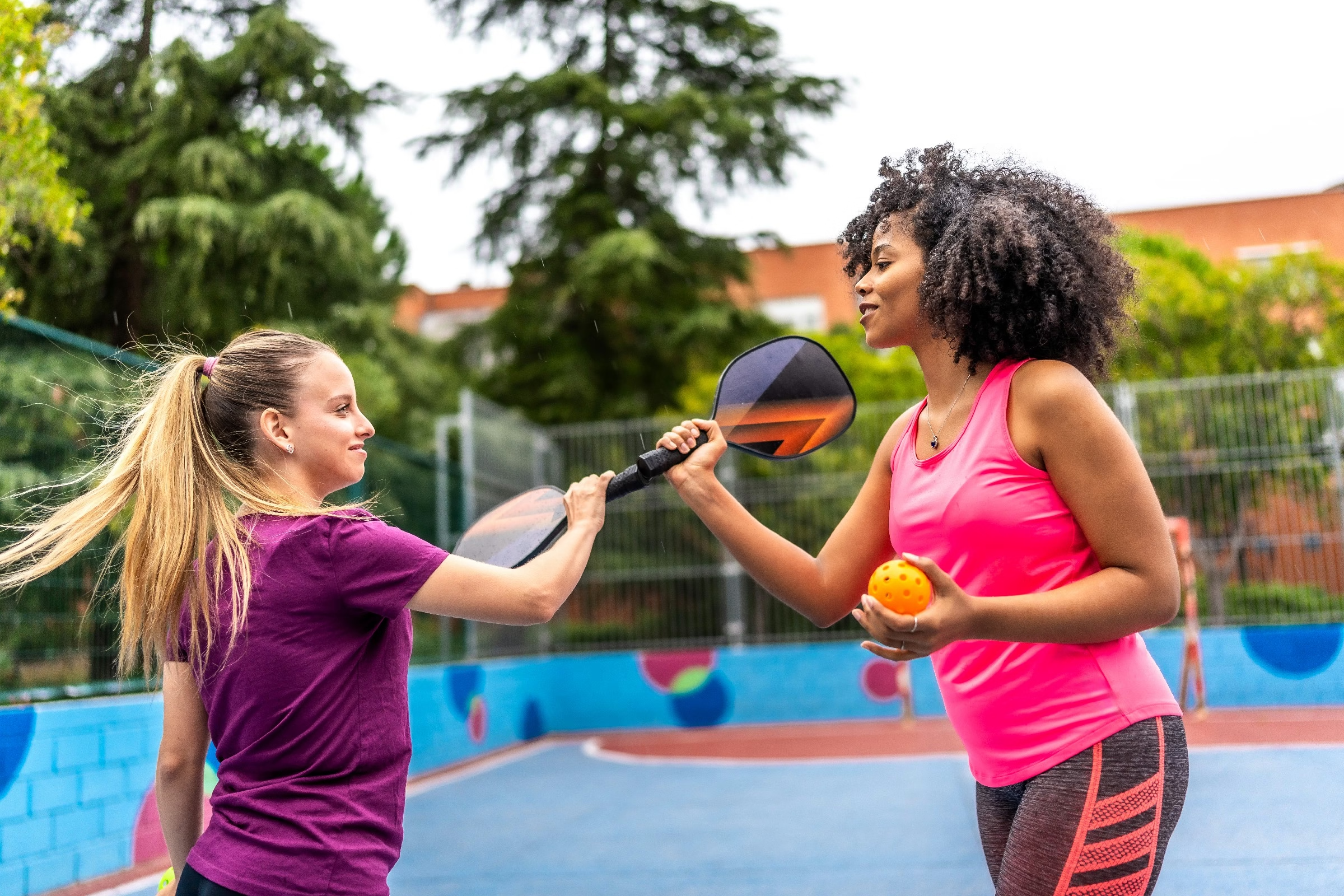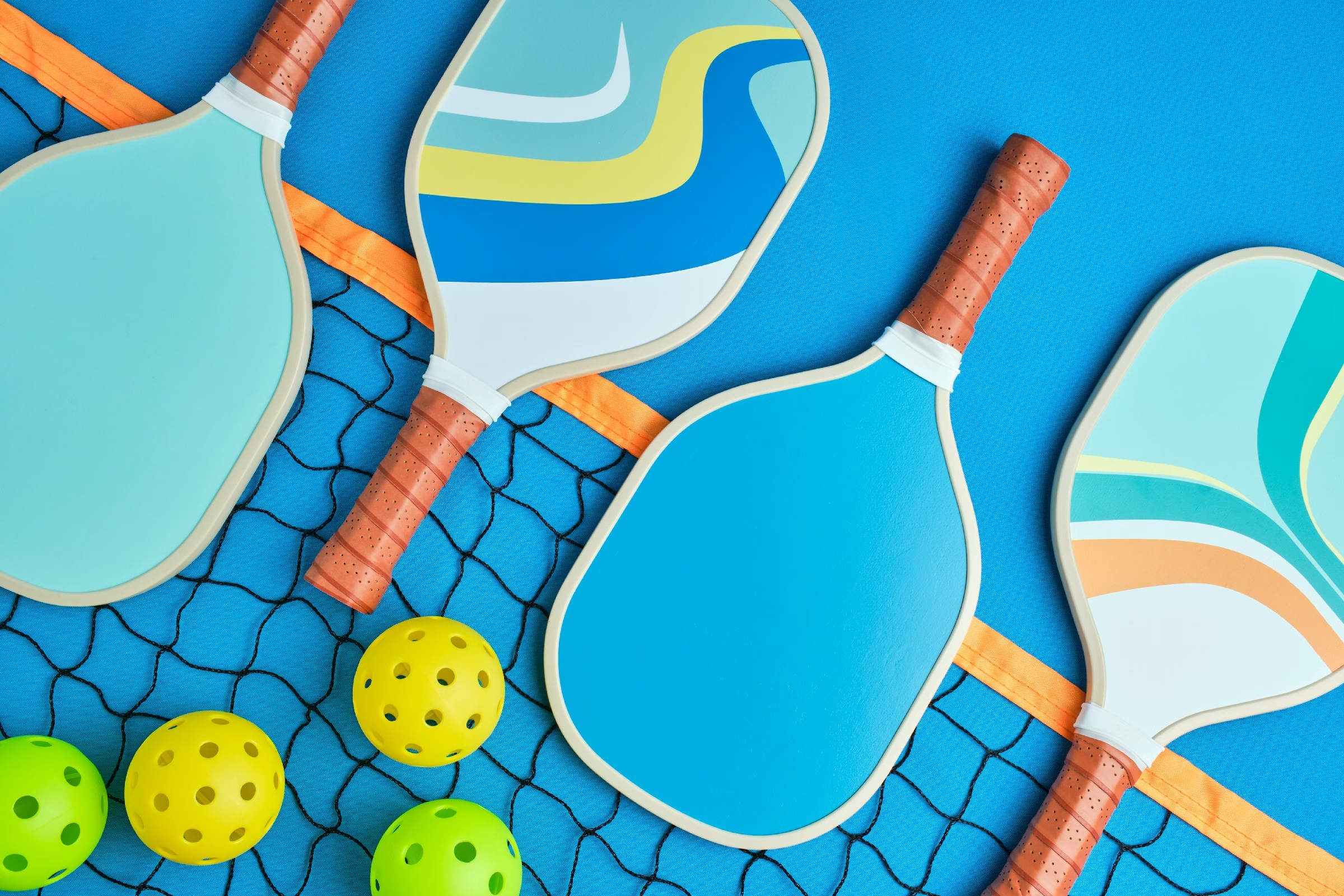Blog
is the drop serve still legal in pickleball

Is the Drop Serve Still legal in Pickleball?
In the ever-evolving world of pickleball, a sport that has rapidly gained popularity across all ages and skill levels, nuances in rules can ignite passionate debates and curiosity among players. one such topic that has sparked discussions is the drop serve—an innovative serving technique that offers a unique twist to the traditional rules of the game. As players refine their skills and strategies, the question remains: Is the drop serve still a legal maneuver in pickleball? In this article, we’ll dive deep into the regulations surrounding the drop serve, explore its origins, and examine the implications it has on gameplay, ensuring that both enthusiasts and newcomers are equipped with accurate and up-to-date details. Join us as we serve up the facts and clarify whether this intriguing technique still holds a place in the courts.
Table of Contents
- Understanding the Drop Serve: Definition and Current Regulations
- Legalities of the Drop Serve in Pickleball: A Deep Dive
- Comparison with Traditional Serving Techniques: Pros and Cons
- Impact of Recent Rule Changes on the Drop Serve
- Expert Opinions: Insights from Pickleball Professionals
- Recommendations for Players: Mastering the Drop Serve Strategy
- Q&A
- The Way Forward
Understanding the Drop Serve: Definition and Current Regulations
The drop serve is a technique that has gained significant attention in the world of pickleball due to its unique execution and strategic advantage. Essentially, a drop serve involves the player tossing the ball lightly and allowing it to bounce before hitting it, rather than hitting it out of the air. This method allows for more control over the serve,enabling players to place the ball where they want with precision. it adds an element of unpredictability, making it harder for opponents to predict and react to the serve.
As for current regulations, the drop serve was officially permitted in the sport of pickleball in January 2021, aligning with the rules established by the USA Pickleball Association. Players are required to follow specific guidelines to ensure compliance with the rules. For instance, when performing a drop serve, the ball must be dropped from one hand or both hands and may not be thrown or tossed. Additionally, players must contact the ball behind the baseline within a single continuous motion. It’s essential for players to remain informed about the regulations surrounding this technique as they evolve.
| Drop Serve Rules | Description |
|---|---|
| Ball Drop | The ball must be dropped from one or both hands. |
| Contact Point | The ball must be hit behind the baseline. |
| Continuous Motion | Players must strike the ball in a single fluid motion. |
This serving technique has sparked debates among players regarding its effectiveness and the nuances involved in mastering it. As pickleball evolves, so do strategies, making the drop serve a perhaps game-changing asset for those who can execute it effectively. Thus, understanding the rules and implications of using the drop serve can provide competitive players with an essential edge on the court.
legalities of the Drop Serve in Pickleball: A Deep Dive
When discussing the legality of the drop serve in pickleball, it’s crucial to examine the rules set by the USA Pickleball Association (USAPA). The drop serve was officially introduced into the sport’s regulations, allowing players to let the ball bounce before striking it.This alteration aimed to create a more inclusive playing habitat by accommodating a variety of skill levels. However, understanding the nuances of this serve is essential for players and officials alike.
To ensure compliance and effectiveness, players must adhere to several specific guidelines regarding the drop serve:
- Ball Trajectory: Players must strike the ball from a stationary position behind the baseline.
- Bouncing: the ball must be allowed to bounce once before making contact when executing the serve.
- Height of Release: The ball can be dropped from any height; however, it must not be tossed or thrown.
In addition to these essential points, it’s essential for players to understand the implications of the drop serve on gameplay. The introduction of this serving technique has transformed match strategies, encouraging creativity among players. Here’s a speedy summary of how the drop serve is shaping the game:
| Impact | Description |
|---|---|
| Increased Accessibility | Offers a simpler serving method for beginners. |
| Strategic Variation | Players can utilize deceptive serves against opponents. |
| Technical Learning | Encourages players to master different serve techniques. |
Comparison with Traditional Serving Techniques: Pros and Cons
When examining the drop serve compared to traditional serving techniques, several advantages quickly come to light. One of the key benefits is increased consistency; players can rely on a controlled drop serve that eliminates the need for complex tosses or precise timing often required in overhand serves. This consistency not only bolsters the player’s confidence but also levels the playing field for those who may struggle with traditional techniques.Additionally, the drop serve provides an chance for players to focus on their strategic placement rather than overpowering serves.
Though, the drop serve also comes with its set of drawbacks.As a notable example,some players argue that it lacks the element of surprise that a fast,well-placed overhand serve can deliver. Predictability is a common critique; once an opponent learns how a player delivers their drop serve, they may easily anticipate and adjust their return strategy. Furthermore, the mechanics of drop serves can stifle creativity. Players with a flair for trick shots and spin may find the drop serve restrictive compared to the opportunities presented by more traditional techniques.
to better illustrate the differences, the following table summarizes the pros and cons associated with the drop serve versus traditional serving techniques:
| Technique | Pros | Cons |
|---|---|---|
| Drop Serve |
|
|
| Traditional Serve |
|
|
Impact of Recent Rule Changes on the Drop Serve
The recent rule changes in pickleball have certainly stirred up conversations among players and enthusiasts alike, especially regarding the legality and execution of the drop serve. These adjustments have been made to enhance the flow of the game and ensure fair play. With the updated regulations, players must now navigate a tighter framework when utilizing this unique serve technique. Understanding how these changes can influence performance and strategy is crucial for players at all levels.
One significant alteration is the clarification of the drop serve mechanics. Players are now required to drop the ball from a specific height, ensuring that it bounces before the racket makes contact. This requires players to adjust their timing and precision to maintain effectiveness. The goal of making these changes was to reduce inconsistency in serves and elevate the overall quality of play. Consequently, practices may need to shift as athletes adapt to these conditions.
In response to the rule changes, manny players have begun to experiment with their serving techniques, fine-tuning their drop serve to comply with the new standards while still trying to retain its strategic advantages. The impact is particularly notable in competitive settings where every point counts. Here are some points to consider:
- Consistency: The revised rules may lead to more reliable serves as players refine their techniques.
- Strategy Shift: Adapting game strategies to incorporate the nuances of the drop serve can become essential for competitive advantage.
- Coaching Tactics: Coaches are likely to alter their training programs to accommodate these changes and maximize performance.
Expert Opinions: Insights from Pickleball Professionals
As the landscape of pickleball continues to evolve, many players are keen to hear insights from professionals regarding the legality of the drop serve. According to several top coaches, the drop serve remains a permissible tactic within the rules of the game. However, some experts caution that while the drop serve can be effective, its popularity might lead to increased scrutiny during official matches, especially with the variations in player execution. Professionals emphasize that understanding the nuances of the rule is crucial for competitive play.
In discussions with seasoned players, it becomes clear that the drop serve presents both advantages and challenges. Many professionals advocate for its use as a strategic option to unsettle opponents, particularly when executed well. This tactic allows players to deliver a low bounce, making it harder for the receiver to respond effectively. Yet, experts also note that mastering the drop serve requires significant practice, as inconsistency can lead to missed opportunities on the court. Learning the correct timing and execution is vital for players aiming to incorporate this serve into their repertoire.
| Pros of Drop Serve | Cons of Drop Serve |
|---|---|
| Creates unpredictability | Requires precision |
| Low bounce can confuse opponents | Can be easily read by experienced players |
| Flexibility in serving styles | Potential for inconsistent execution |
while the drop serve is still legal, understanding when and how to use it can greatly influence match outcomes. Professionals encourage players to enhance their skills across various serving techniques rather than becoming overly reliant on any single tactic. Ultimately, the ability to adapt and respond to the dynamics of the game will be what sets advanced players apart in competitive settings.
Recommendations for Players: Mastering the Drop Serve Strategy
To effectively master the drop serve strategy, players must pay attention to their grip and stance. Begin with a firm yet relaxed hold on the paddle, ensuring it feels pleasant in your hand. Position your feet shoulder-width apart,allowing for stability and balance. Practice your footwork to ensure you’re able to move quickly into position. An effective drop serve starts with excellent body alignment to direct the ball accurately into your intended target area.
Timing is crucial when executing a drop serve. Players should aim to drop the ball from waist height to maximize control and minimize the opponent’s reaction time. To enhance your technique, consider incorporating drills into your practice routine, such as:
- Consistent Ball Drop: Regularly practice your drop at different heights.
- target Practice: Use cones or markers to improve your precision.
- Footwork Drills: Combine drop serves with lateral movement to simulate game situations.
Additionally, develop a strategy based on your opponent’s weaknesses. Observe their stance and readiness, then choose when to employ the drop serve for maximum effectiveness. For a well-rounded approach, consider keeping a variety of serves in your arsenal. Here’s a simple comparison of different serve types:
| Serve Type | Advantages | When to Use |
|---|---|---|
| Drop Serve | Low bounce, difficult to predict | Against aggressive players |
| Topspin Serve | High bounce, gives added pressure | To push opponents back |
| Flat Serve | Straight trajectory, fast-paced | To catch opponents off-guard |
Q&A
Q&A: Is the Drop Serve Still Legal in Pickleball?
Q: What exactly is a drop serve in pickleball?
A: A drop serve is a unique serving technique in pickleball where the server drops the ball from either hand and strikes it after it has bounced on the ground. This allows for more control over the serve and provides a different dynamic compared to the traditional underhand serve.
Q: When was the drop serve introduced into pickleball?
A: The drop serve was officially introduced to the rules of pickleball by the USA Pickleball Association in 2020. It was meant to enhance inclusivity and permit players of all skill levels to feel more comfortable with their serving.
Q: Is the drop serve still legal in pickleball today?
A: Yes, as of now, the drop serve remains legal in official pickleball play. Players can utilize this technique as part of their serving strategy in sanctioned tournaments.
Q: Are there any specific rules governing how to perform a drop serve?
A: Yes! There are specific guidelines for executing a drop serve.For instance, the ball must be dropped from one or both hands without any manipulation, and the server must strike the ball after it has bounced.Additionally, like all serves in pickleball, the drop serve must cross the non-volley zone line and land in the diagonal service box.
Q: Can players use the drop serve in recreational games, or is it only for tournaments?
A: Players can use the drop serve in both recreational and tournament play.Its legality in casual games encourages players to practice and master the technique without the constraints of competitive settings.
Q: What are the advantages of using a drop serve?
A: The drop serve offers several advantages. It allows players to create a more controlled and strategic serve, particularly for those who might struggle with traditional serving techniques. The ability to drop and then hit the ball can help with timing, angle, and trajectory, often catching opponents off guard.Q: Are there players who prefer traditional serves over drop serves?
A: Absolutely. While many players have embraced the drop serve for its strategic advantages,others still prefer the traditional serve,which they may feel more comfortable executing. ultimately, the choice between the two techniques depends on individual playing style and preference.
Q: Will the drop serve ever be banned in pickleball?
A: As of now, there are no discussions or proposals to ban the drop serve within the pickleball community. However, the evolution of sports rules can change with player feedback and trends, so it’s always good to stay informed through official channels like the USA Pickleball Association for any updates.
Q: How can players stay updated on any changes in pickleball serving rules?
A: Players can stay updated by regularly checking the rules published by the USA Pickleball Association, participating in local pickleball organizations, and following news from reputable pickleball sources. Engaging with the community will ensure that they are well-informed about any modifications to the rules,including those regarding the drop serve.
Feel free to incorporate these elements into your article to explore the intriguing topic of the drop serve in pickleball!
The Way Forward
the question of whether the drop serve is still legal in pickleball is one that highlights the sport’s ongoing evolution and the balance between tradition and innovation. As players and officials navigate the intricacies of the rulebook, embracing change while honoring the game’s roots remains paramount. Whether you’re an avid player, a rules aficionado, or simply a curious newcomer, staying informed is essential to fully enjoying the dynamic landscape of pickleball. So, as you step onto the court for your next match, you can play with confidence, knowing your serve—drop or or else—adheres to the latest guidelines. Keep the spirit of the game alive, and may your rallies be long and your serves be lethal!

